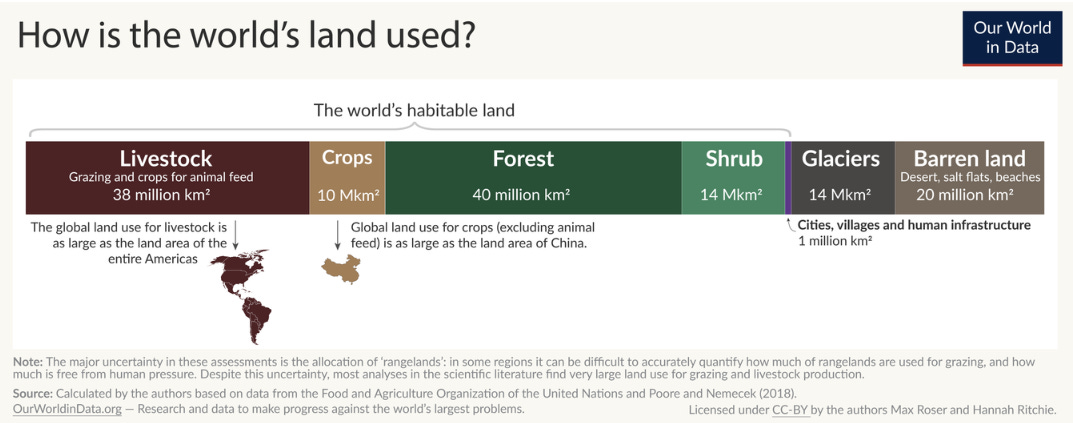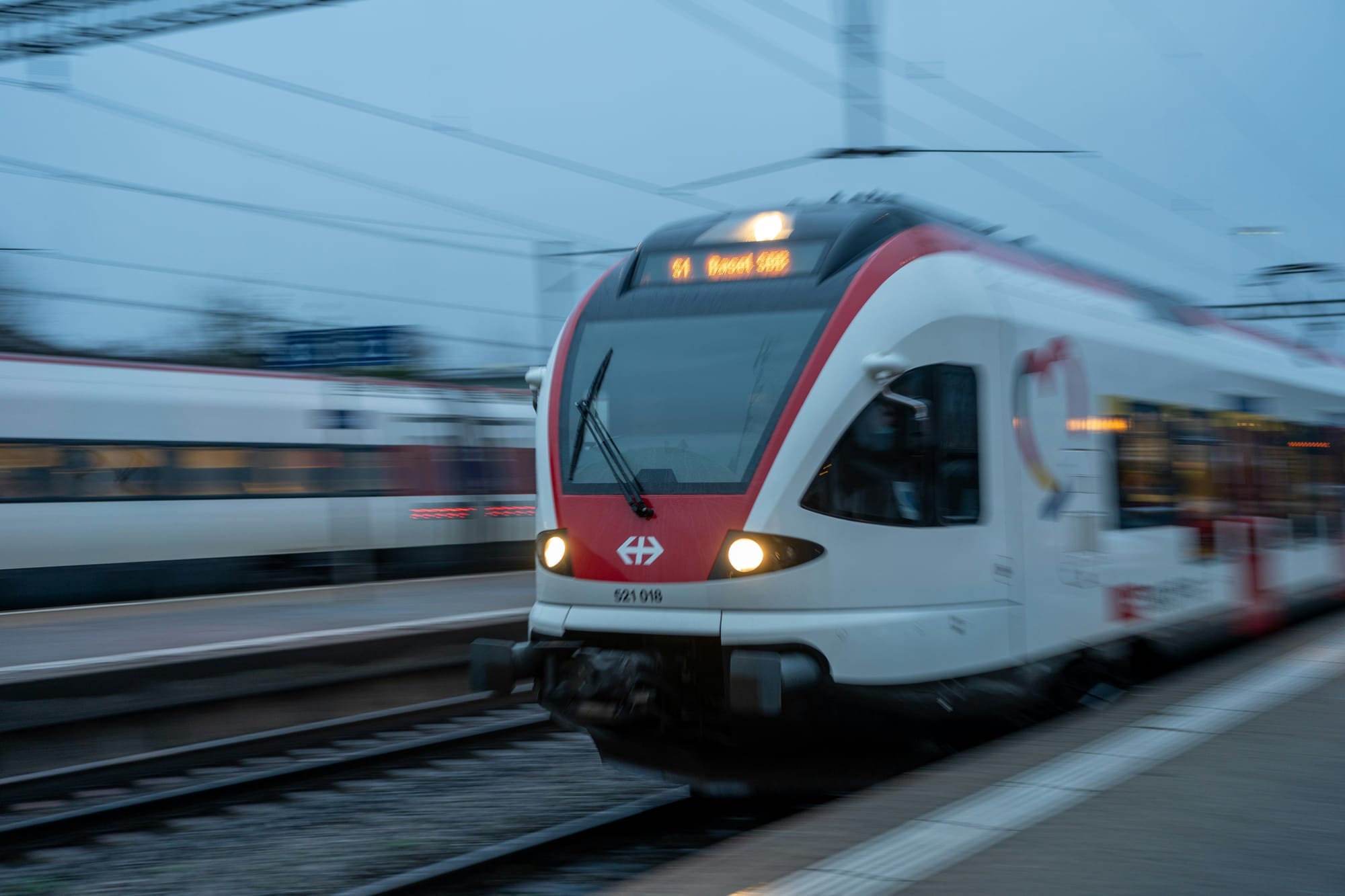Urbanization
Urbanization is accelerating, with cities set to house 70% of the global population by 2050. To secure a livable future, we need sustainable development and innovative solutions.
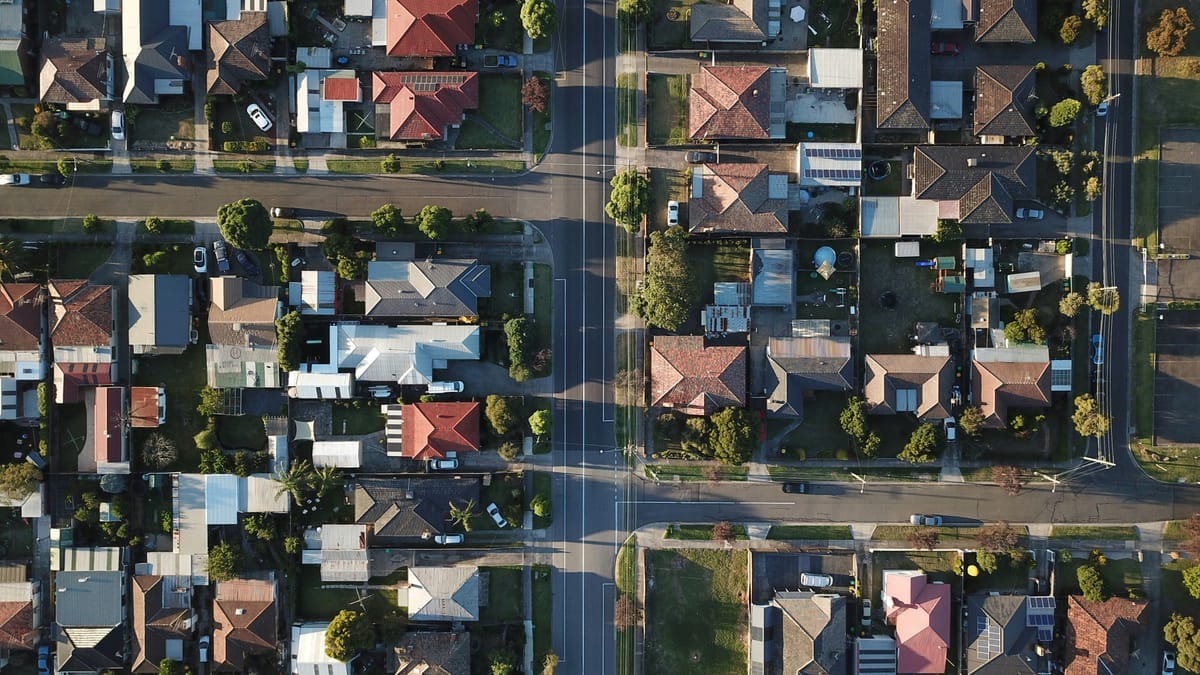
Urbanization is the process by which the number of people living in cities and towns increases. It represents a significant shift from rural to urban living and involves the expansion and development of urban areas. This document will explore the positive and negative effects of urbanization and discuss strategies to address the ongoing challenges.
2030 Projection: Nearly 60% of the population in developing countries will live in cities (United Nations).
2050 Projection: By 2050, 70% of the global population is expected to live in urban areas (United Nations).
Future Growth: 93% of future urban population growth will be concentrated in developing regions, especially Asia, Africa, and Latin America (World Bank).
Economic Contribution: Urban areas currently contribute 80% of the world's GDP (World Bank).
Migration Rate: About 1.5 million people move to cities each week (United Nations).
1.2 Causes of Urbanization
Industrialization is the main driving factor that led to urbanization. Industrialization is the process that transformed the agricultural economy into a manufacturing economy, where mass producing and assembly lines replaced manual workers. This new economy created new job opportunities that pulled people into moving to cities, leading to urbanization. The shift of populations from rural to urban areas has resulted in the expansion of urban settlements and their footprint.
The Industrial Revolution marked a significant turning point, starting a wave of urbanization and significantly accelerating global population growth. Since the late 18th century, the world's population has grown approximately tenfold, largely due to improved living conditions, healthcare, and economic opportunities in urban areas. This exponential population growth has continued into the 21st century, with billions more people expected to be added to the global population.
The world's population, which was around 1 billion in the early 19th century, has surged to over 8 billion in recent years, with projections estimating it could peak at around 10.4 billion by 2086.
Urbanization patterns started to occur near water bodies; this initially was to meet the need for water and food for the large populations. This trend has continued since the Industrial Revolution because of the large amount of water needed to sustain industrial processes (manufacturing). Also, the oceans and rivers became important for the transportation of goods throughout all the world. About 75% of the largest urban areas are located in coastal regions.
Being near port cities has been key for countries to have a productive economy, allowing economic growth due to access to exports to world markets and buying inputs from the rest of the world. Access to world trade is key for a productive economy.
People tend to move where opportunities are. The shift from rural areas to large cities entailed greater economic possibilities. Urbanization occurs for tow main reasons: the natural increase of population and rural to urban migration.
Natural increase of population occurs when the number of births exceeds the number of deaths. On the other side, rural to urban migration was led by the industrialization movement of finding better economic opportunities. The migration of people was driven by push factors like poor living conditions and lack opportunities, and pull factors such as urban employment opportunities, education, and better lifestyle.
Push factors:
Limited employment opportunities due to farming mechanization, or insufficient land for the growing population.
Poor economic conditions, lack of adequate income, and subsistence living conditions.
Inadequate access to resources such as water, healthcare, and education in rural areas.
Natural disasters that destroy livelihoods, and conflicts and wars can force people to leave rural areas.
Pull factors:
Availability of jobs in industrial, service, and technology.
Perception of a higher quality of life, including modern housing, better healthcare, and access to goods and services.
Better educational facilities and institutions.
More accessible and advanced medical care.
Key factors:
Industrial Revolution: Marked a significant increase in global population and urbanization due to improved living conditions, healthcare, and economic opportunities.
Historical Growth: From around 1 billion in the early 19th century to over 8 billion today, with projections reaching 10.4 billion by 2086.
Urbanization Near Water Bodies: Historically, urban areas developed near water sources for essential resources and transportation. About 75% of the largest urban areas are located in coastal regions due to their economic significance.
1.3 Impacts of Urbanization
Urbanization drives economic growth, innovation, and better access to services, and improves child survival rates. Cities provide education, cultural diversity, and efficient services due to their density. However, unplanned growth strains housing, water supply, and waste management.
Urbanization is a key driver of economic development, with World Bank data showing a strong link between urbanization and productivity growth. Cities boost economic development through:
Concentrated knowledge, innovation, and specialization
Enhanced creative thinking and idea generation
Opportunities for learning and sharing
Agents of social, cultural, economic, and technological progress
Large, diversified labor pools and proximity to customers and suppliers
Increased division of labor and specialization
Reduced business costs through efficient transport and proximity
Aggregation of educated and creative people fostering new ideas and technologies
These factors make cities more productive compared to rural areas.
1.4 Urbanization Challenges
Urbanization presents a range of challenges that need to be addressed to ensure sustainable and equitable development. These challenges vary across different dimensions, including demographic, socio-economic, technological, environmental, and financial aspects.
1.4.1 Demographic Dimension
This dimension addresses the challenges cities face due to changes in population characteristics and compositions. The rapid growth of urban populations often exceeds the capacity to provide necessary services and infrastructure. As cities expand, it becomes increasingly difficult to meet the demand for efficient urban systems and services. This can lead to marginalization and the growth of urban slums, where even basic services may be lacking.
Population Growth Dynamics:
Growth: The increasing number of people moving to cities.
Migration: The movement of people in and out of cities.
Decline: The reduction in urban populations.
These dynamics significantly impact city systems. Rapid urbanization leads to rapid city growth, creating challenges in managing infrastructure and providing services.
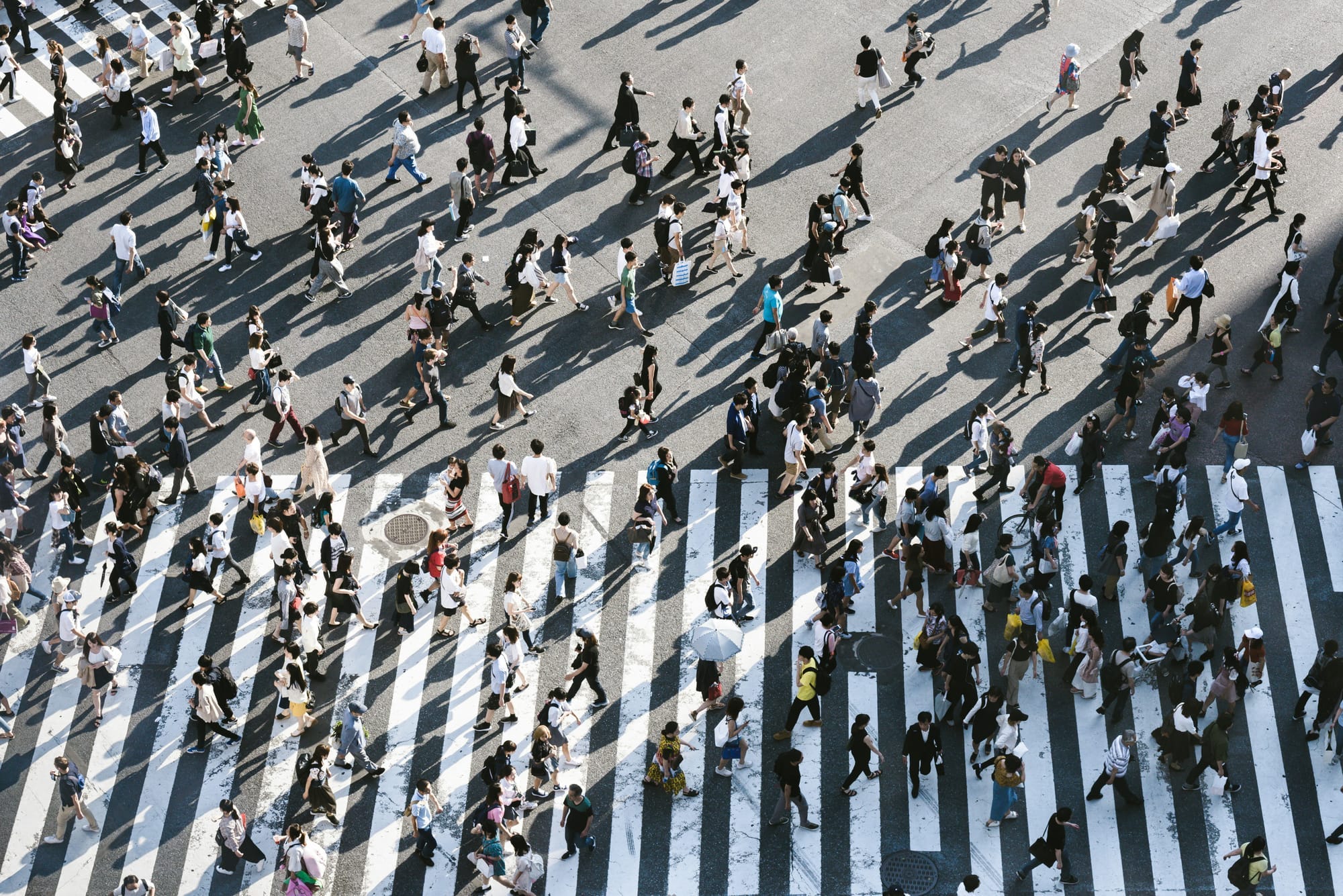
Urban Sprawl
Urban sprawl is a significant challenge for many cities. It refers to the expansion of poorly planned, low-density, auto-dependent development, which spreads over large amounts of land. This development often puts long distances between homes, stores, and workplaces, creating a high degree of segregation between residential and commercial areas. This sprawl has harmful impacts on the people living in these areas and on the ecosystems and wildlife that are displaced. Urban sprawl consumes vast acres of forests and farmland, leading to environmental degradation. As cities expand beyond their developed cores, urban sprawl can also reduce city productivity by increasing the distance between work and living spaces, making people more reliant on cars.
Urban sprawl increases traffic, leading to more air pollution and ground-level smog due to longer and more frequent commutes.
Sprawl causes water pollution as runoff collects pollutants like gasoline, chemicals, and motor oil, contaminating nearby water sources.
Sprawl strains local water supplies due to increased demand for activities like lawn watering, causing over-consumption and distribution issues.
Urban sprawl consumes productive farmland and transforms parks and open spaces into highways.
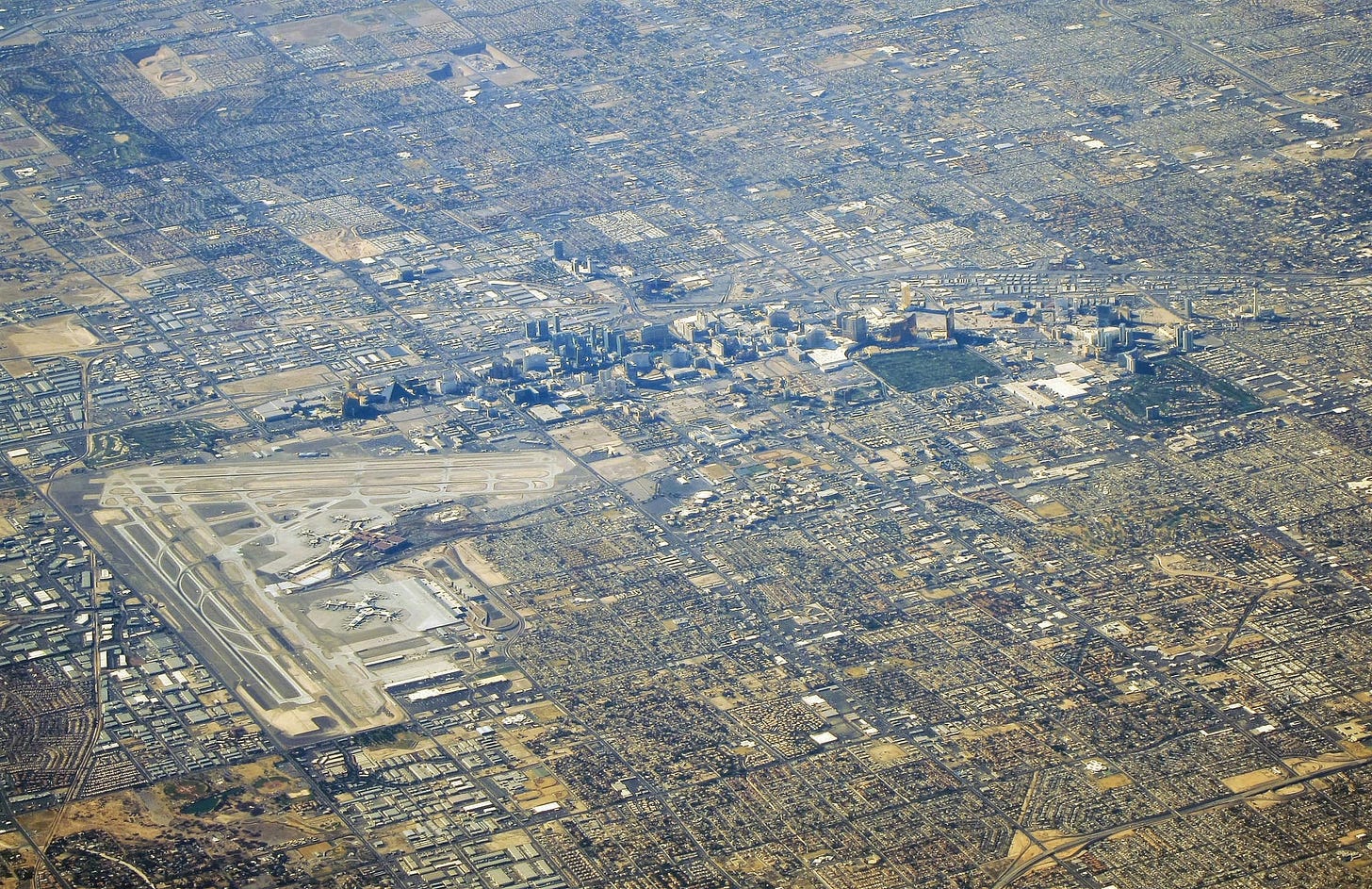
Suburbanization
Suburbanization refers to the trend of people moving from urban centers to suburban areas, often seeking larger homes, quieter neighborhoods, and perceived better quality of life.
Suburban areas are typically designed for cars, leading to longer commutes and increased traffic congestion.
The spread of suburban communities can strain infrastructure and public services, such as schools, healthcare, and public transportation.
Suburbanization often leads to the loss of natural habitats, increased energy consumption, and higher levels of pollution.

Land scarcity
Land scarcity is the growing shortage of available land for development, driven by increasing urban populations, and the expansion of cities. In 2010, urban built-up areas covered about 1 million sq km. If current trends continue, this urban footprint is expected to triple to over 3 million sq km by 2050, posing significant challenges for sustainable development.
Geographical Context:
Total Surface Area of Earth: 510,072,000 sq km
Total Water Surface Area: 70.8% (361,132,000 sq km)
Total Land Surface Area: 29.2% (148,940,000 sq km)
The United Nations projects that the global population will peak at around 10.4 billion by the 2080s, with Earth's carrying capacity estimated at 9 to 10 billion. Sustainable living practices, technological advancements, and equitable resource distribution will be essential to accommodate this population within the planet's limits.
Slums
Slums are informal settlements where people live in inadequate housing with poor living conditions and limited access to essential services. They present significant challenges for urban development and social equity.
The effects of poorly planned urbanization include large slums, severe traffic congestion, high greenhouse gas emissions, and sprawling suburbs worldwide.
In 2020, about 1.1 billion people lived in slums or similar conditions. Over the next 30 years, it is expected that an additional 2 billion people will live in such areas, mostly in developing countries. (UN-Habitat. 2020)

1.4.2 Socio-economic Dimension
The socio-economic dimension focuses on the social and economic inequalities within a city. Urban infrastructure systems must aim to provide adequate living conditions for everyone, ensuring inclusivity for all residents. The gap between wealthy and poor individuals has scaled in many cities, including those in developed countries. Addressing this inequality is essential for promoting fair and equitable urban development.
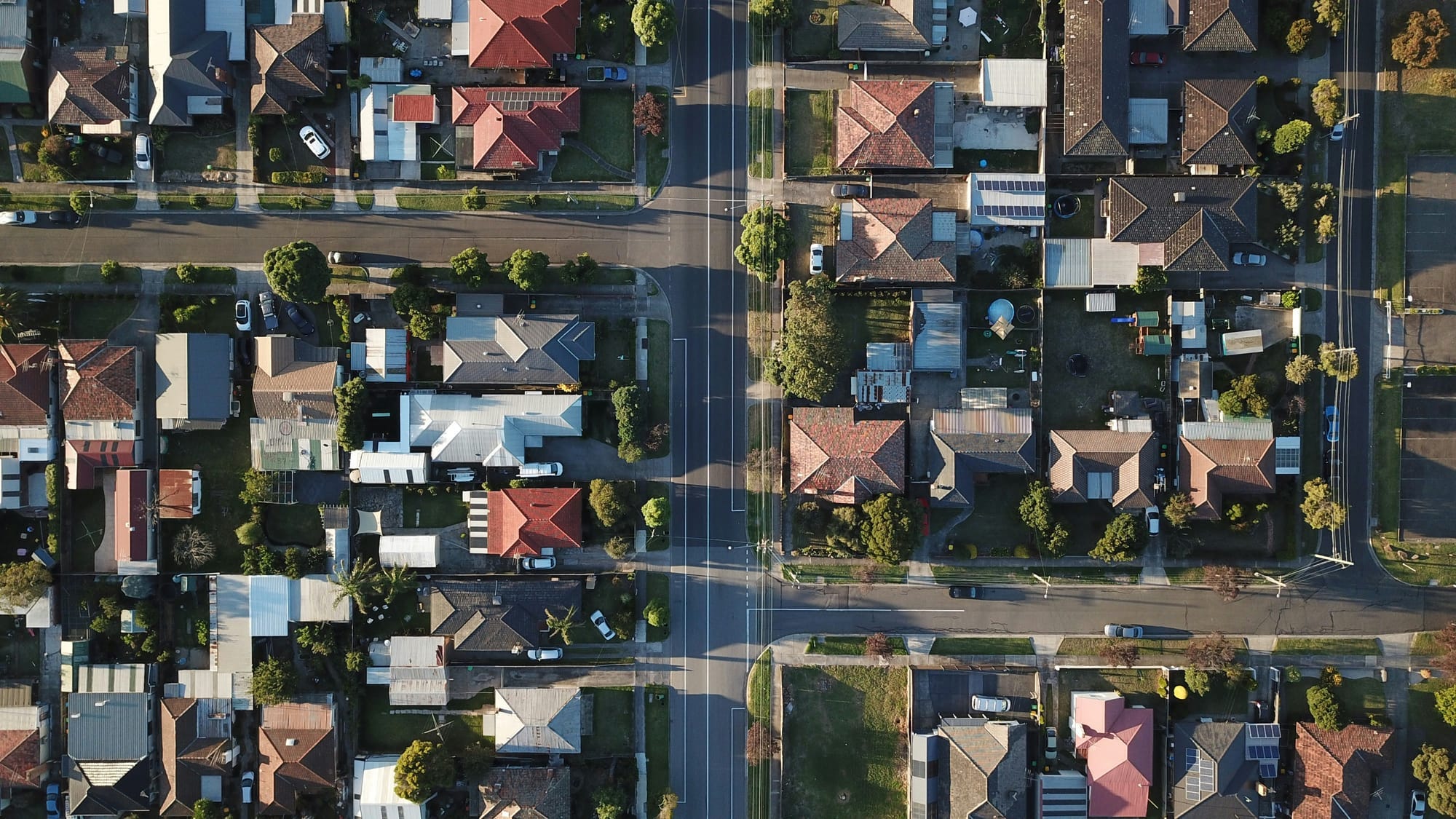
Affordable Housing
Affordable housing involves ensuring that all residents have access to safe and suitable living conditions. Rapid urbanization and increasing property prices often result in a shortage of affordable housing options, particularly for lower-income individuals. This shortage can lead to overcrowded and substandard living conditions, contributing to the growth of informal settlements and slums.
According to estimates by UN-HABITAT, about 830 million people globally live in slums. With an anticipated increase of 2 billion people in urban populations by 2030, approximately 3 billion people, or 40 percent of the world’s population, will need new housing. This translates to a requirement for 28.25 million housing units per year from 2011 to 2030, or 77,397 units per day, which equates to 3,234 units per hour.
Accessible Services
Providing accessible services is critical to ensuring that all urban residents have the basic services required for a good quality of life. This includes access to essential services such as clean water, effective waste management, reliable transportation, and affordable energy.
Safe Drinking Water: Ensuring universal access to safe drinking water is crucial for public health and well-being.
Waste and Wastewater Services: Functional waste and wastewater management systems are essential for maintaining public health and environmental quality.
Mobility Alternatives: Providing adequate and equal mobility options ensures that all residents can access work, education, and recreational opportunities.
Clean Energy: Supplying clean, affordable, and reliable energy is necessary for modern living and reducing environmental impact.
Employment Opportunities
Urbanization is often driven by individuals seeking better job opportunities. However, there can be significant gaps in job availability and quality. Ensuring that everyone has fair access to good jobs is crucial for reducing economic inequality and helping all residents benefit from the city’s growth.
Access to Education
Ensuring access to quality education for all residents is vital for breaking the cycle of poverty and enhancing social mobility. Disparities in educational resources and opportunities can perpetuate socio-economic inequalities, making it challenging for disadvantaged groups to improve their life prospects.
Healthcare Access
Access to affordable and quality healthcare is essential for equitable health outcomes. Unequal access to healthcare services can lead to significant disparities in health among different socio-economic groups, impacting overall well-being and quality of life.
Public Safety
Safety concerns, including higher crime rates in economically disadvantaged neighborhoods, can further impact residents’ quality of life. Addressing crime and improving public safety in all areas of a city is necessary for equitable urban development.
Infrastructure Quality
The quality of urban infrastructure, such as roads, public transportation, and sanitation, can vary widely across different areas. Ensuring that all neighborhoods receive adequate investment and maintenance is crucial for creating equal living conditions and promoting overall urban well-being.
1.4.3 Technological Dimension
The technological dimension involves the complexities associated with planning and managing urban infrastructure systems. As cities grow and evolve, maintaining and upgrading infrastructure becomes increasingly challenging.
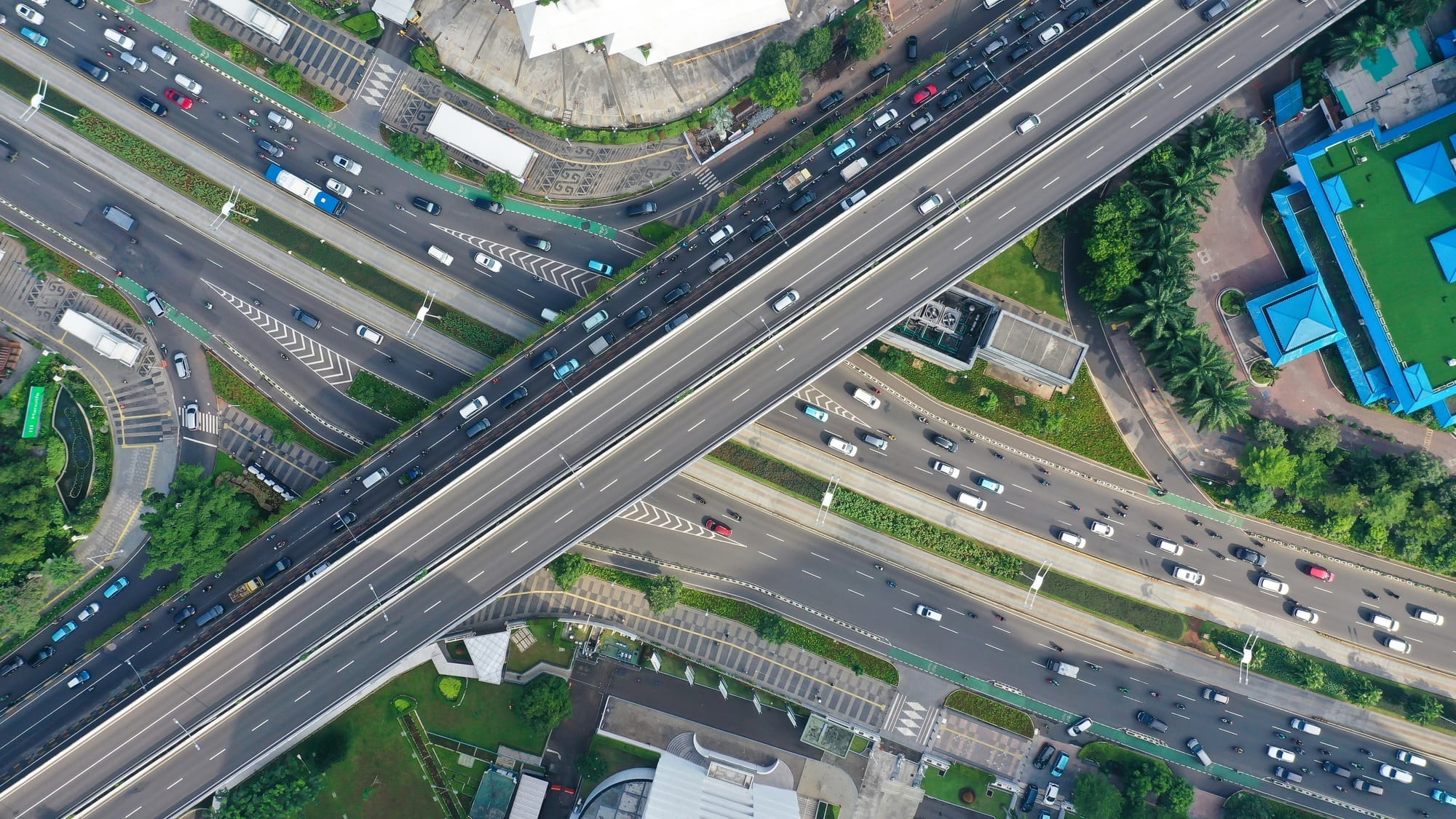
Complexity of Infrastructure Management: Cities face difficulties in maintaining and scaling infrastructure to ensure that services meet the needs of all residents. The complexity arises from integrating various systems and ensuring they function efficiently together.
Aging Infrastructure: Much of the existing infrastructure in cities is outdated and in need of significant upgrades. This includes roads, bridges, and utilities, which require modernization to keep up with current demands and technological advancements.
New Infrastructure Development: While new infrastructure is being built, it must be designed with future scalability and efficiency in mind. Implementing advanced technologies can help create more resilient and efficient systems.
Technological Efficiency: There are substantial challenges related to the efficiency of both existing and new infrastructure. Ensuring that technological solutions effectively address urban needs and improve service delivery is crucial.
1.4.4 Environmental Dimension
The environmental dimension focuses on pollution and the impact of climate change on cities. Urban areas are significant contributors to environmental issues and are increasingly recognized as major environmental forces.
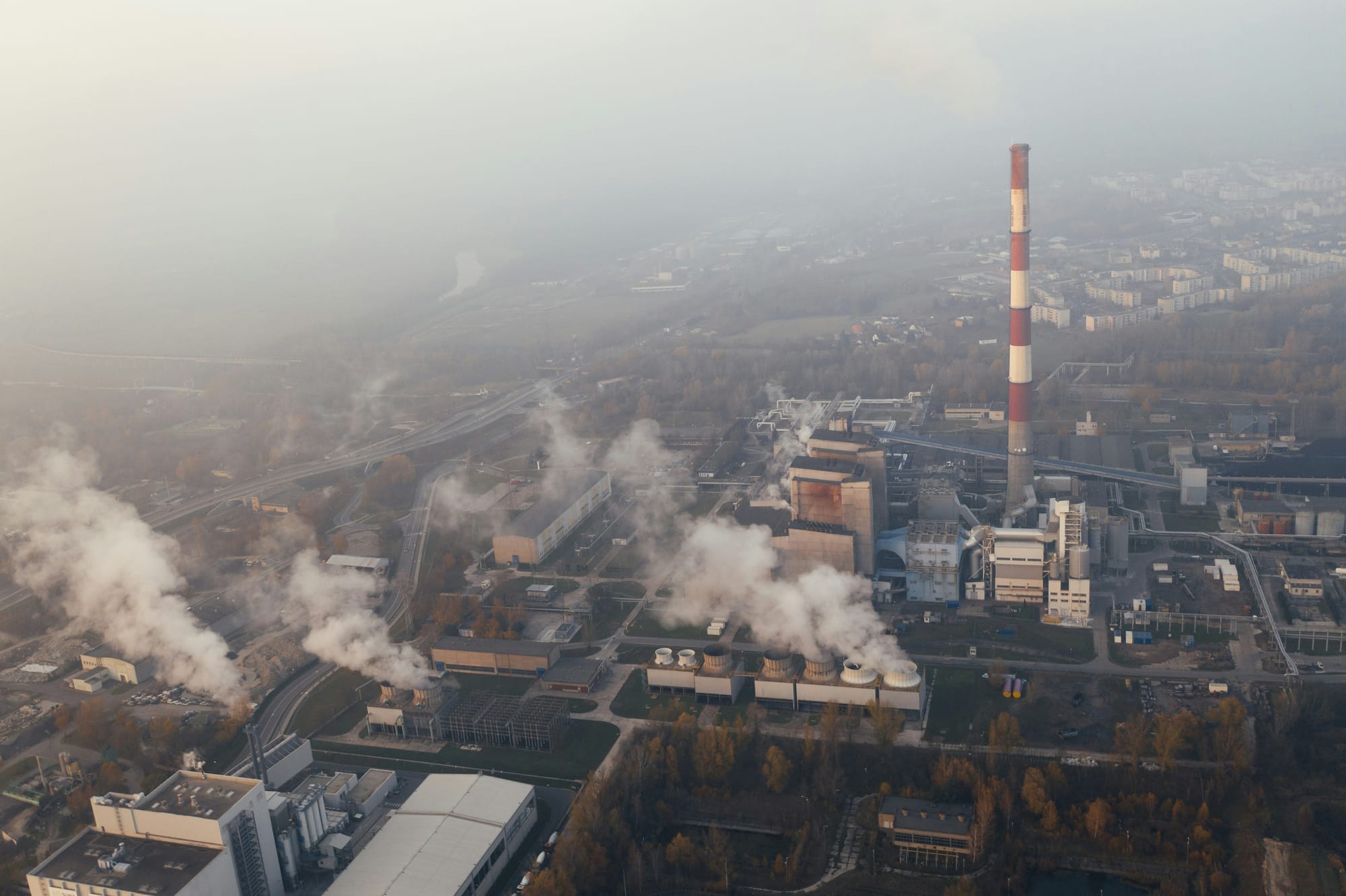
Pollution: Cities are major sources of various types of pollution, including air, water, and soil pollution. Urban activities, such as transportation and industrial processes, contribute significantly to these problems.
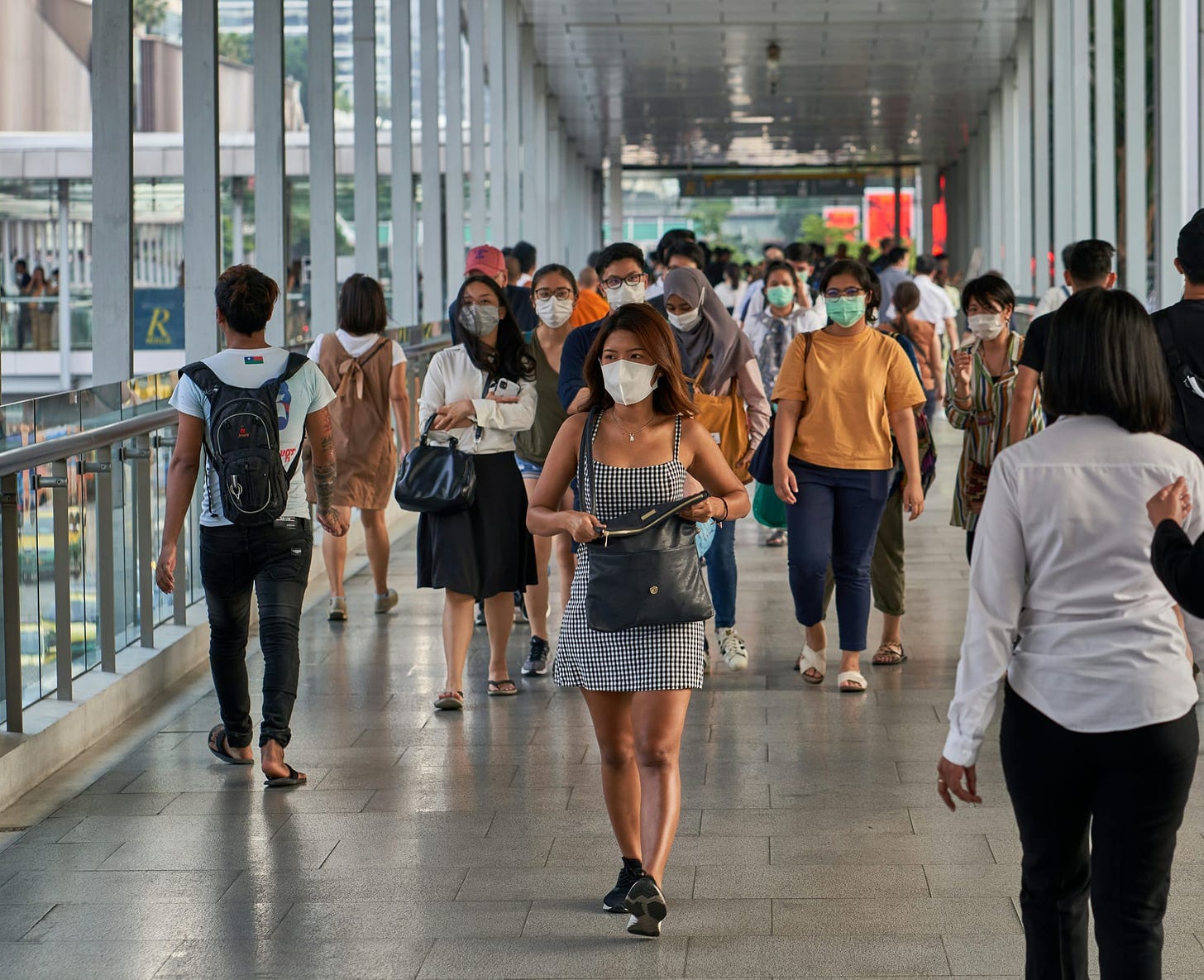
Climate Change: Urban areas are key contributors to climate change due to their high levels of greenhouse gas emissions. Estimates indicate that cities are responsible for approximately 70 percent of global CO2 emissions, with transportation and buildings being major contributors (IPCC, 2022).
Infrastructure Resilience: Urban infrastructure must be designed to withstand environmental shocks such as storms, flooding, and sea-level rise. Ensuring that infrastructure can adapt to and recover from these events is crucial for minimizing damage and maintaining functionality during extreme weather conditions.
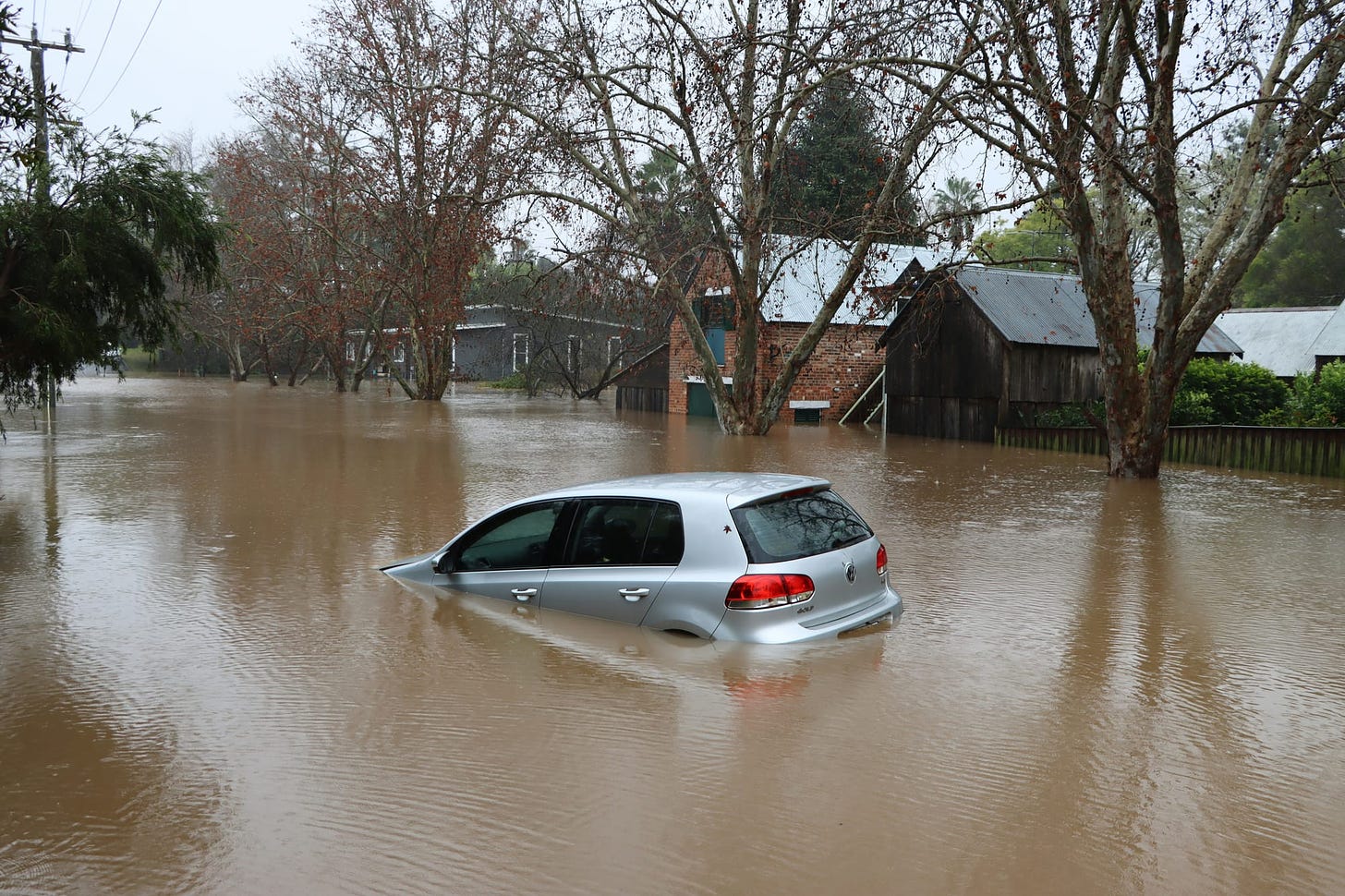
Sustainability: Reducing emissions and making urban infrastructure more sustainable is a critical challenge for urban planners and managers. This involves implementing energy-efficient technologies, improving waste management, and promoting green building practices.
1.3.5 Financial Dimension
The financial dimension involves managing limited funds for urban infrastructure development and maintenance. Cities need to provide essential services within tight budgets, ensuring quality while dealing with financial constraints.
Infrastructure Development: Developing better infrastructure while minimizing costs is a significant challenge. Cities need to find cost-effective solutions without compromising on the quality and efficiency of the infrastructure.
Revenue and Maintenance: Establishing reliable revenue streams to sustain and maintain urban infrastructure is crucial. Ensuring the ongoing quality of services while managing financial resources effectively is a key aspect of this challenge.
Urbanization brings a multitude of challenges across demographic, socio-economic, technological, environmental, and financial dimensions. Rapid population growth, urban sprawl, and the rise of informal settlements highlight the need for effective urban planning and infrastructure development. The socio-economic dimension emphasizes the critical importance of addressing inequality and providing accessible services, housing, education, healthcare, and employment opportunities. Technological advancements must be leveraged to maintain and improve outdated infrastructure while ensuring efficiency and resilience.
Environmental challenges, such as pollution and climate change, require cities to adopt sustainable practices and design resilient infrastructure capable of withstanding environmental shocks. Lastly, financial constraints necessitate innovative solutions for funding and maintaining essential services without compromising quality.
Addressing these challenges requires a comprehensive and coordinated approach, integrating sustainable development principles to create equitable and resilient urban environments for all residents. As cities continue to grow, it is essential to prioritize the well-being of all urban dwellers, ensuring a balanced and inclusive future.
Bibliography
Urbanization. (s. f.). https://education.nationalgeographic.org/resource/urbanization/
Urban Sprawl. (n.d.). Everything Connects. https://www.everythingconnects.org/urban-sprawl.html
Hannah Ritchie and Max Roser (2019) - “Half of the world’s habitable land is used for agriculture” Published online at OurWorldInData.org. Retrieved from: 'https://ourworldindata.org/global-land-for-agriculture' [Online Resource]
Study Session 5 Urbanisation: Trends, Causes and Effects: View as single page | OLCreate. (n.d.-b). https://www.open.edu/openlearncreate/mod/oucontent/view.php?id=79940&printable=1
United Nations. (n.d.). Population | United Nations. https://www.un.org/en/global-issues/population
Overview. (n.d.). World Bank. https://www.worldbank.org/en/topic/urbandevelopment/overview
The content and sources used in this document are for educational and informational purposes only. All references to external sources are duly cited to respect the intellectual property rights of the original creators. Any use of copyrighted material not covered by fair use or other exceptions is unintentional. If you are the copyright holder of any content used here and believe it has been used improperly, please contact us for prompt resolution.
Contact Information:
For inquiries, feedback, or further information, please reach out to us:
Name: Santiago Padilla
Email: me@santiagopadilla.com
Website: santiagopadilla.com
Company: AIF Corp.




